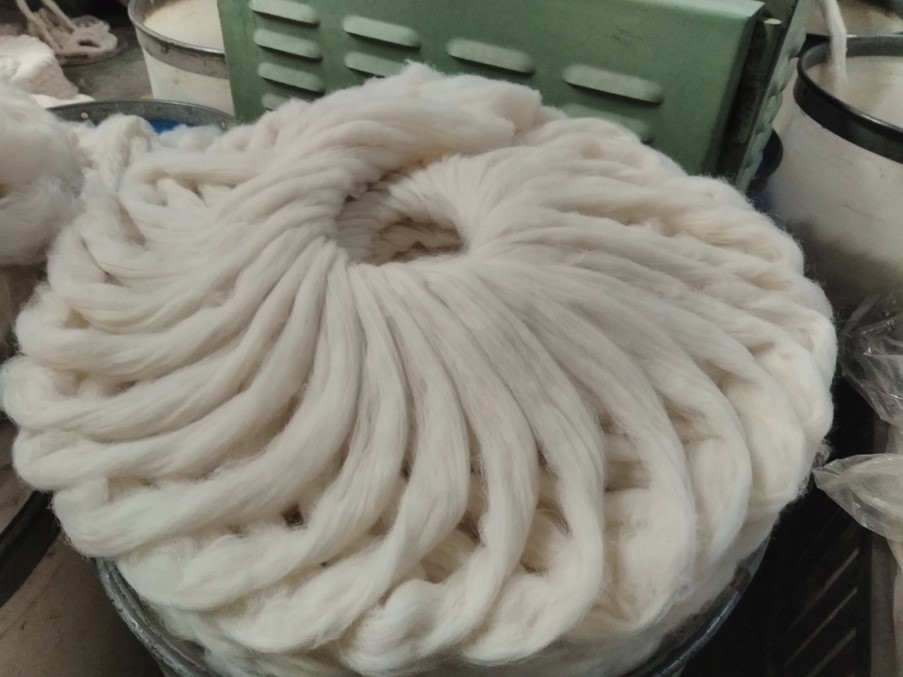Expectations and first impressions Peru
24-04-2017"What struck me when I got to know the factory that I will be working in and the people that I will be working with, is the professionalism that is already present here."
Intern Ties van Haperen went to Peru and wrote a blog about his first impressions.
A few weeks ago, I left Holland and set foot to Peru. The first weeks were mainly aimed at learning Spanish, and last week I’ve started my internship with Alpaca cooperative Coopecan, in Arequipa.
For me, it all started half a year ago. I wanted to do an internship in South-America, because it would grant me the opportunity to experience a different culture, in everyday life as well as in business. Also, it would be a perfect chance to learn a new language.
With all that in mind, I’ve started my internship with good spirits. I didn’t know exactly what to expect, but what struck me when I got to know the factory that I will be working in and the people that I will be working with, is the professionalism that is already present here. Of course, machinery is old and there is a high degree of hand-labour involved in the process, but scheduling, logistics and general management are organized decently. Also, I found out that a workweek consists of 6 days in Peru, which means that people work half days on Saturdays as well. Not quite a happy surprise let’s say, but it lets me experience the Latin American business culture that I was looking for!
The cooperative and the factory
Coopecan is a cooperative of 2000 alpaca producers that aims to add value by processing the Alpaca fibre of its members. Coopecan is able to pay a fair price to it’s members, who can use the extra money as they belong to the poorest people of Peru. Without Coopecan, producers are forced to deliver their fibre to one of the 2 companies that dominate the Alpaca fibre market. Without having much bargaining power, the producers receive a very low price for their fibre. A bottle of Coca Cola or a bag of rice in the months previous to the shearing season often buys the loyalty of the farmers. This also has the effect that some farmers stay loyal to those companies, even though they could get a higher price for their fibre from Coopecan.
During my first weeks here, I’ve got a good impression of what is going on in the factory. First, the fibre that comes in from the members, is classified by the ‘señoras’ into more than 50 different kinds of qualities and colours (see photo 1).
The next steps are to wash and dry the fibre. Thereafter, the fibre is entered into a series of combing machines that untangle and parallelize the fibre and remove small irregularities, resulting in what is called ‘Tops’ or ‘Bumps’ (see photo 2). Currently, this is the final product of Coopecan. They are in the possession of a whole range of machines that are meant to process the tops into yarn (NL: garen) as well as machines that dye the fibre, but because of noise disturbance this is not possible anymore on their current location. Therefore, Coopecan is busy obtaining a 1 million dollar loan from a development bank in order to build a plant on a new location. Next to adding more value to their value chain, this will also increase their capacity.

Current end-product of Coopecan; Tops/Bumps
My job will be to investigate their supply chain in general, logistics, inventory management and registration systems in order to find things that could be improved. Hopefully, in my next blog, I will be able to share some of these improvements.
Saludos!
Ties van Haperen
